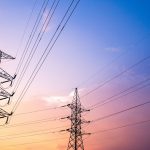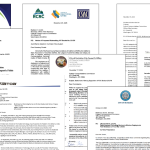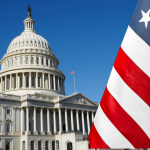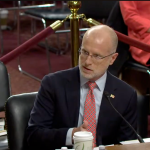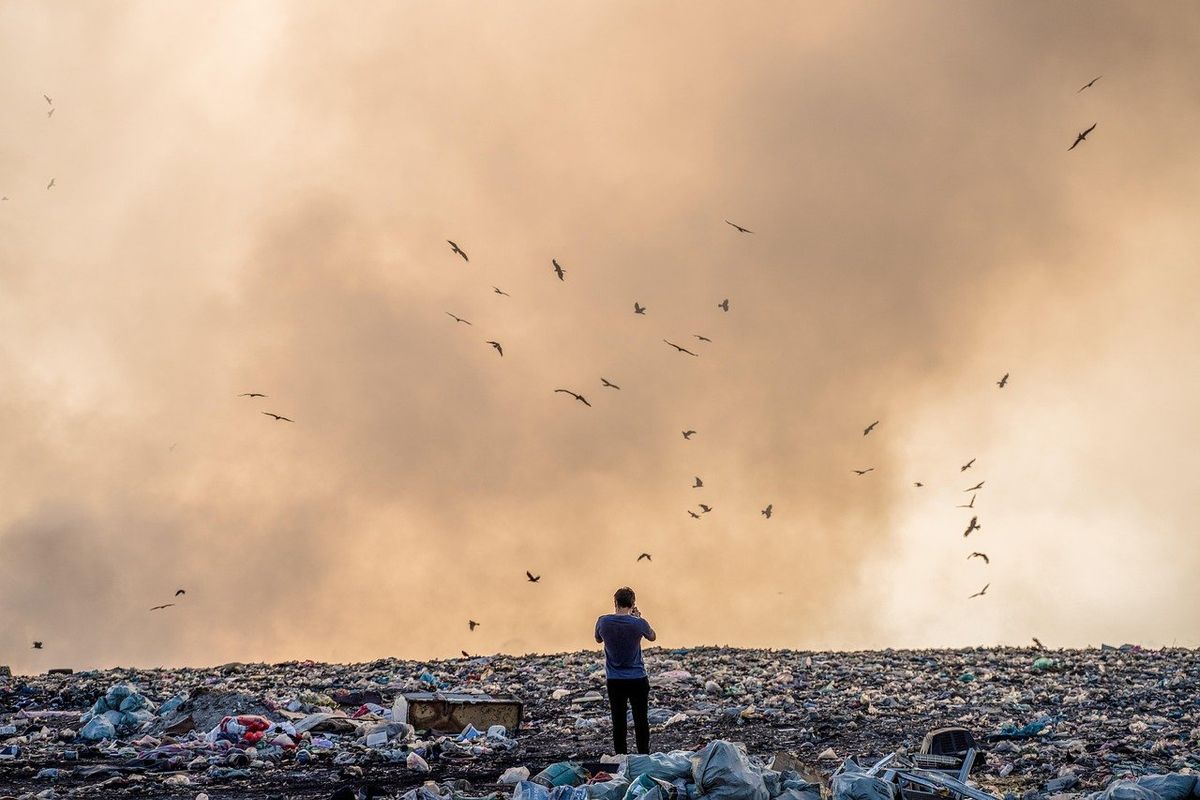
It was planting day. In prior weeks, our students voted on the vegetables they wanted to grow and began preparing for that day.
We left the seeds to germinate in old egg cartons filled with soil and created colorful popsicle stick labels as we waited for the seedlings to grow enough to take root in their new homes in an old greenhouse at the top of the school building in Camden, New Jersey. As Denise, my co-instructor, and I tore open the plastic bags of soil and poured them into the planters, our students squealed with joy as they picked up the soil and let it pass through their fingers.
“Doesn’t it feel super nice?” I asked, to which one of our students replied, “Yeah! I did not know this is what soil felt like!”
I still think about that moment a decade later – almost feeling the gut punch I felt back then when I heard those words. At the time, I was co-leading our urban gardening afterschool program, trying to mend my own fragmented relationship with the environment. Like my students, I lived in cities for the bulk of my life. My physical environment was something I rarely reached out to touch and feel, because as long as I could remember, I was told it can make me sick. In fact, it had made me sick multiple times, from the water that flowed out of our faucets to the air I breathed.
To read a version of this story in Spanish click here. Haz clic aquí para leer esta columna de opinión en español.
This reflection later became the reason I wanted to become an environmental scientist. I wanted agency over problems that affected my community, my students and myself. I wanted to develop solutions that housed our joyful moments beyond the walls of our homes. Denise, our students and I sought to develop our urban gardening project for that very reason. Camden has been subjected to food apartheid for decades with limited access to nutritionally dense foods across the city, which we all felt and wanted to challenge. However, as we tended to the soil to plant our seedlings into, we often found small pieces of plastic, which sparked my curiosity. How did they find their way there and what did their presence mean for environmental health?
Microplastics are a gigantic problem, representing harms for all forms of life, including humans. Yet most solutions have been consumer-centric, leaving regulatory entities and producers off the hook. To truly chart a just future without plastic pollution, we need to consider equal access to public services and facilities, regulation and accountability of plastic production and waste management, and, most importantly, use the voices of those most impacted as a guiding design for solutions.
The not-so-micro issue of microplastics
While in graduate school, I learned that the small pieces of plastic we found in our soil are named microplastics and were hardly a new phenomenon. Study after study emerged about them in our ocean, rivers, soils, air, andus—they are everywhere. They are in the buildings that house us, the vehicles that move us, the clothes we wear, the packaging that carries the food we eat, the devices that connect us with our digital worlds, just to list a few. Since plastic’s mass commercialization in the 1950s, we have produced 8.3 billion metric tons of it, with 6.3 billion becoming waste and 79% accumulating in landfills and the environment.
Researching the omnipresence of microplastics also brought a sobering reality: these contaminants can harm us in myriad ways. Microplastics have been linked to higher incidences of cardiac events, infertility and neurodegenerative diseases in humans, although we’re just starting to understand why.
Because of their small size, microplastics can carry different contaminants they encounter. They are also chemical contaminants themselves, as plastics are sourced from fossil fuels, and have different chemicals added to them to make them moldable or ensure they do not break down easily. These added chemicals can account for up to 50% of their total weight. Some of them are known endocrine-disrupting chemicals like phthalates and per- and polyfluoroalkyl substances (PFAS), also known as “forever chemicals.” Endocrine-disrupting chemicals mimic the hormones in our bodies, interrupting their ability to do their jobs. Hormones are crucial to coordinating our bodily functions from growth to metabolism. Microplastics can also act as physical contaminants, accumulating in the digestive systems of animals that mistake them for food, causing intestinal blockages, which result in their early deaths.
Learning all of this felt damning because plastic waste has been a big part of my life’s backdrop. I grew up in Nairobi, Kenya, and as long as I can remember, plastics floated on the Nairobi River, plastic bags would float in the air with wind gusts, plastic bottles framed the roadways and, in a pinch, an old juice bottle would work great as a soccer ball. I’d never considered this pollution as out of place and harmful.
A reusable water bottle will not save us

From the production of plastics to their fates in the environment, marginalized communities are most impacted. Petrochemical industries, which manufacture the building blocks of plastic, are disproportionately located near Black and Brown communities. Lower income areas within cities are more likely to face higher exposure to microplastic pollution, largely due to the density of less effective waste management systems, the omnipresence of plastic infrastructure in our built environment and reliance on plastic product use due to the distrust of the physical infrastructure that delivers environmental goods, like potable water.
When thinking about how to mitigate the harm from microplastics, I found that proposed solutions were always at the discretion of the plastic consumer, rarely the producer or regulatory entities, with messaging like using a reusable water bottle, eating less processed food or buying clothing with natural fibers. But a lot of reusable alternatives or solutions are suitable for people who can afford them and trust the delivery of public goods.
They leave out the disabled community, for example, who are last considered when designing reusable alternatives for things like metal straws and reusable water bottles. Pre-packaged foods encased in non-plastic packaging usually come with a price tag that’s inaccessible for many who live with disabilities, as their cost of living is typically higher than non-disabled communities. Even when creating systemic approaches like production caps for non-essential plastics, we should center the needs of disabled people to have a fraction of plastic available without stigma, until substitutions are designed with their needs in mind.
More so, we need to recognize that fully divesting from plastic use in our daily lives is a privilege that requires trusting the physical infrastructure around us, which many marginalized communities cannot do. In cities, with vast amounts of pavements and roads, plastic deposits on their surfaces can be carried away through stormwater runoff into water systems, polluting the water of nearby communities. Rivers, lakes and canals in urban areas typically receive higher loads of microplastics due to stormwater runoff, wastewater effluent and sewer discharges. A reusable water bottle will not save us if we cannot trust the water coming from our taps.
Maintaining consumer-centric “solutions” places the brunt of plastic pollution on the backs of communities who are never considered in their design of these solutions in the first place. This consumer-centric approach also ignores the fact that all communities deserve environments to thrive in, not only interventions that allow their survival.
We need a collective action toward a plastics-free world

The scope of plastic pollution is so large, we need producers and regulatory entities to get involved. Utilities such as waste management and potable water distribution should play a significant role in reducing and managing plastic waste, especially with projected plastic production tripling by 2060.
Producers should consider plastics’ burden of harm, specifically considering the entire life cycle and transformation of a product once it leaves the supply chain. Regulatory bodies and governments should hold them accountable by limiting the externalized harm that plastics bring with them.
A global plastic treaty organized by the United Nations Environmental Program (UNEP) recently failed due to certain nations that heavily benefit from fossil fuels, including the U.S. Scientists who attended the most recent rounds of treaty talks note that science-backed evidence remains ignored, heavy industry fossil fuel and chemical industry lobbying took center stage and voices of the marginalized communities most impacted were hardly a whisper.
Addressing plastic pollution requires more than a scientist who feels things too deeply and is eager to find answers. It requires medical professionals to identify the contributions of microplastic pollution in human health, epidemiologists to find patterns of illness and design public health interventions, engineers to develop accessible and justice-centered infrastructure, regulatory bodies to hold industry accountable. Most importantly, it needs to center the needs and impact of the communities facing the brunt of the plastic life cycle and its impacts.
Black feminist scholar bell hooks said, “healing is an act of communion.” Microplastic pollution and its impact is no exception. Only through a collective effort, driven by empathy, justice and a commitment to healing, can we hope to create a world where if we chose, we could freely run our fingers through running water, take deep prayerful breaths and touch soil every single day.
This essay was produced through the Agents of Change in Environmental Justice fellowship, a partnership between Environmental Health News and Columbia University’s Mailman School of Public Health. Agents of Change empowers emerging leaders from historically excluded backgrounds in science and academia to reimagine solutions for a just and healthy planet.

